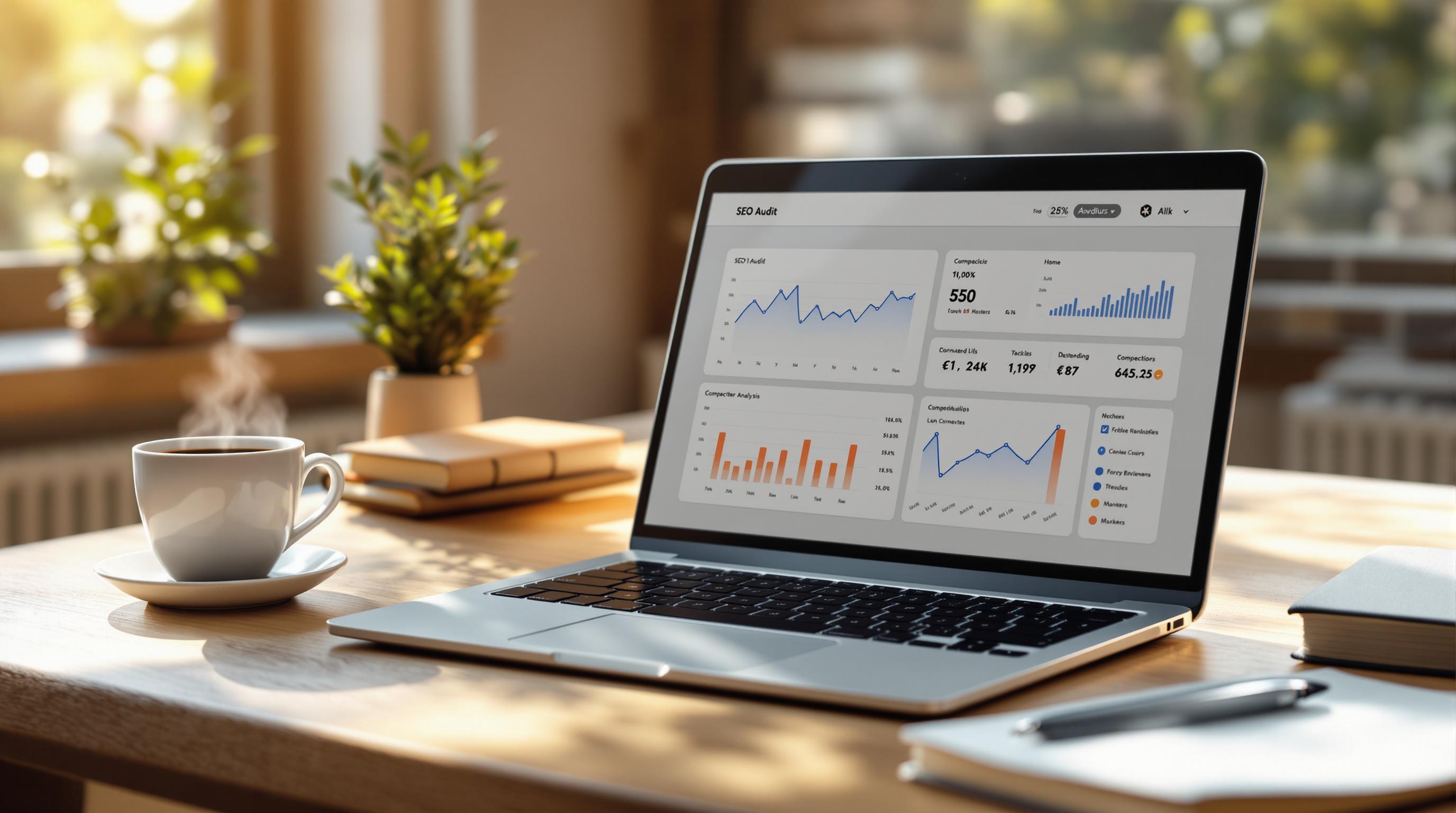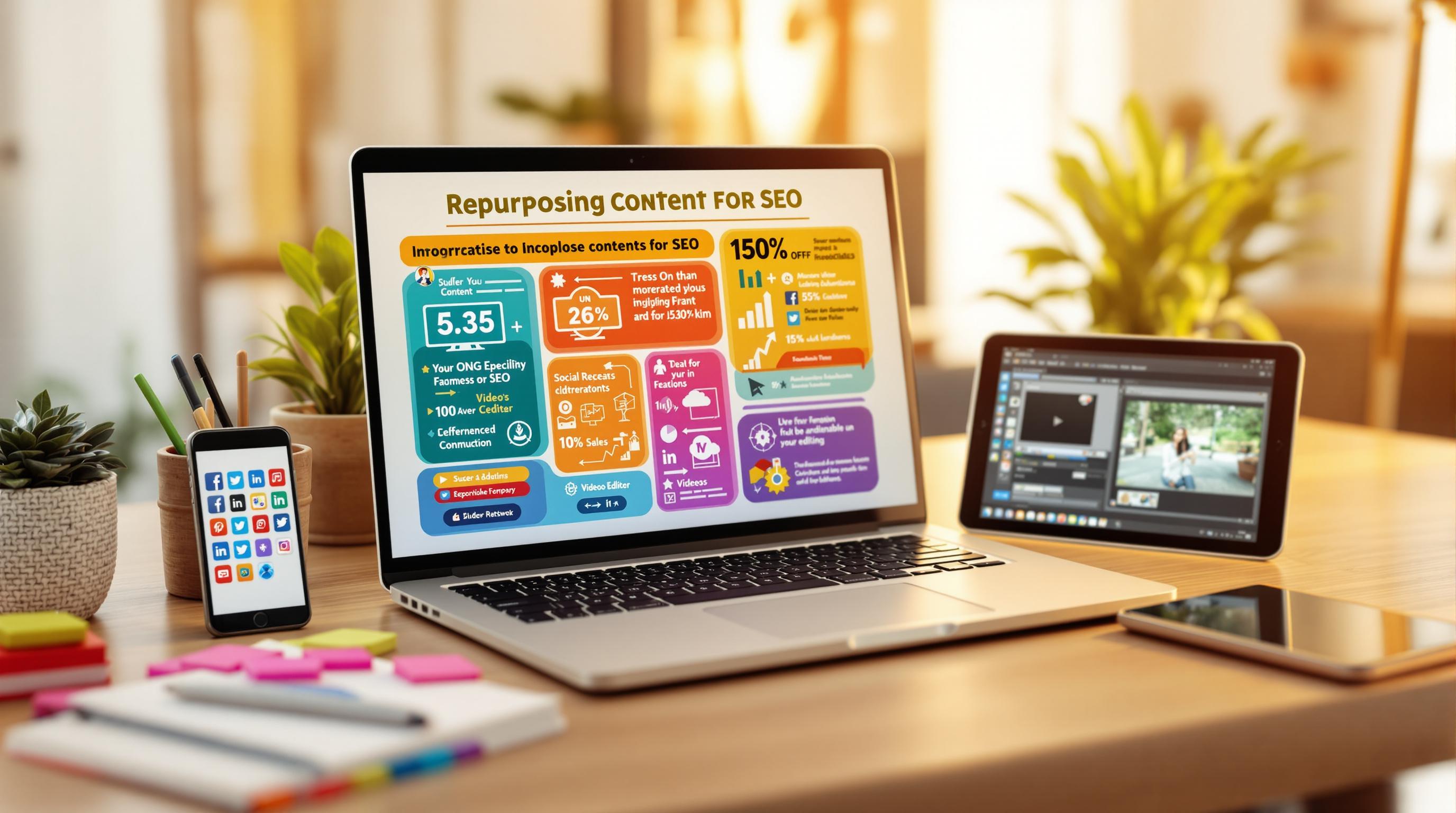Editorial links are natural backlinks that websites earn when others reference their content because it’s valuable and trustworthy. These links are not paid or traded - they’re given freely, often by journalists, bloggers, or industry experts. They’re important for SEO because they signal to search engines that your content is credible and worth ranking higher.
Key Benefits of Editorial Links:
- Boost SEO Rankings: They improve your domain authority and help with keyword rankings.
- Drive Traffic: They bring relevant visitors directly from the linking site.
How to Earn Editorial Links:
- Create High-Quality Content:
- Original research
- In-depth guides
- Case studies
- Build Relationships:
- Reach out to publishers and share your expertise.
- Collaborate on content or provide exclusive data.
Focus on producing content that others want to link to naturally, and combine it with ethical outreach efforts to maximize your SEO impact.
6 Methods On How To Get Editorial Backlinks
Types of Editorial Links
Editorial links generally fall into two categories, each with its own approach for acquisition. Knowing these types can help you develop strategies to secure meaningful backlinks.
Organic Mentions
Organic mentions happen naturally when other websites reference your content without any prompting or outreach from your team. These links signal credibility to search engines, especially when they come from respected sources in your industry.
Common sources of organic mentions include:
- News Coverage: When your company, product, or research is highlighted in industry news.
- Resource Lists: Being featured in curated lists of helpful industry tools or guides.
- Expert Citations: When thought leaders use your data or insights in their work.
- Community Discussions: Mentions in forums or conversations within your niche.
To attract organic mentions, focus on creating content that stands out as a go-to resource in your field. This could mean publishing original research, crafting detailed guides, or offering practical solutions to common industry challenges.
Outreach-Based Links
Outreach-based editorial links are earned through proactive efforts and relationship-building. While they require more time and energy, these links can be just as impactful when done ethically.
Key tactics for outreach-based link building include:
- Building Relationships: Connecting with industry publishers and content creators.
- Collaborating on Content: Partnering with other experts to produce valuable resources.
- Contributing Expertise: Sharing your unique insights with other publications.
- Sharing Data: Offering exclusive research or statistics that others can reference.
The main distinction between these two types lies in how they begin. Organic mentions happen naturally, while outreach-based links involve deliberate planning and effort. Regardless of the method, it's essential that the linking site retains full editorial control over whether and how they include your link. Both approaches highlight the importance of producing high-quality, value-driven content.
sbb-itb-5be333f
Getting Editorial Links
Writing Link-Worthy Content
To attract editorial links, focus on creating content that others in your industry will want to reference and share. This means delivering something truly valuable and relevant.
Some effective content formats include:
- Original Research: Conduct surveys, analyze trends, or compile unique data. Be sure to include a clear methodology and use visuals like charts or graphs to make your findings easy to understand and share.
- In-Depth Guides: Create detailed resources that thoroughly cover a topic. Think step-by-step tutorials with practical examples and expert advice.
- Case Studies: Share real-world successes or challenges. Include specific metrics and actionable insights to make your case studies more appealing.
One proven approach is the skyscraper technique. Start by identifying popular content in your niche. Then, create something even better - add updated information, fresh perspectives, or more detailed insights to make your content stand out.
Once your content is ready, the next step is building relationships with publishers who can help amplify it.
Working with Content Publishers
To earn editorial links, you’ll need to connect with the right publishers and understand their needs. Building these relationships takes effort but pays off in the long run.
Here are some strategies to get started:
- Offer Expert Commentary: Share your unique take on current industry trends or hot topics.
- Share Data: Provide exclusive access to your research or findings that they can reference.
- Collaborate on Content: Partner with publishers on joint reports, studies, or articles.
- Fill Content Gaps: Help update outdated resources or address missing information in their content.
When reaching out, make your pitches personal and tailored to the publisher. Show that you’ve done your homework by referencing their previous work and explaining how your content aligns with their audience. Avoid generic messages - focus on what you can bring to the table.
If you want to simplify your outreach efforts, there are tools available to help.
Using the Top SEO Marketing Directory

The Top SEO Marketing Directory is a resource designed to streamline the editorial link-building process. It offers a variety of tools and services, including a Premium plan for $49/month, to help you connect with the right partners and improve your content strategy.
Here’s how some of its key features can help:
| Feature | What It Offers |
|---|---|
| Agency Directory | Connect with trusted content marketing professionals. |
| SEO Tools Database | Find platforms for link monitoring and outreach. |
| Technical Resources | Access expert advice on advanced link-building techniques. |
| Content Optimization | Get tips to refine your content for better link opportunities. |
Using these tools can make it easier to create standout content and build relationships with authoritative sources, helping you secure high-quality editorial links.
Tracking Editorial Link Success
When measuring the success of editorial links, focus on metrics that align with your SEO objectives and give insights into link quality and performance.
What Makes a Good Link?
To evaluate editorial links, look at the authority of the linking domain, how relevant the content is to your site, and how naturally the link fits into the surrounding text. Beyond these factors, keep an eye on referral traffic, improvements in keyword rankings, and conversion rates to understand the link's impact on SEO. Use analytics tools to track these elements over time for a clearer picture.
Tools to Monitor Links
A mix of SEO tools can help you analyze your editorial link strategy effectively:
- Google Search Console: Provides data on clicks, impressions, and keyword position changes.
- Ahrefs: Tracks new and lost backlinks, along with shifts in domain metrics.
- SEMrush: Monitors keyword rankings and evaluates the overall quality of your backlink profile.
Regularly auditing your links with these tools allows you to refine your strategy and maintain long-term SEO benefits.
Summary
Editorial links are highly valued in SEO because they are earned naturally through great content and genuine interest from publishers. They act as strong indicators of trust and can positively impact long-term success.
Here’s why editorial links matter:
- Natural placement: These links are included within relevant, contextual content.
- Boosted authority: They often come from trusted publishers and industry leaders.
- Long-lasting value: Editorial links typically stay active and beneficial over time.
To make the most of these benefits, focus on producing high-quality content and using strategic outreach as part of your link-building efforts.
When planning your editorial link strategy, prioritize creating content that naturally attracts mentions. Pair this with targeted outreach efforts to build a well-rounded backlink profile that search engines favor.
While earning editorial links takes time, their impact on domain authority and rankings is well worth the investment. Concentrate on providing value to your audience, and the links will come naturally.


